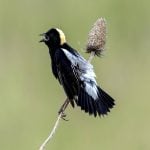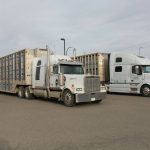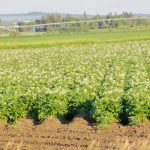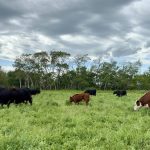Producers are willing to tolerate wildlife and accept food losses but are hit hard when animals are killed
EDMONTON — Wildlife damage costs Alberta beef producers millions of dollars a year, according to a new survey on how wildlife affect beef producers.
However, the damage isn’t evenly shared across the industry.
Some producers like to see elk, deer and coyotes trot across their fields, but for others it becomes a nightmare when large herds of elk tear through fences and feast on hay stacks.
Others are heartbroken to find young animals torn apart by coyotes or cougars.
“Where it becomes a significant problem, they get hit hard,” said Kim Good with the Miistakis Institute, which conducted the survey of 672 beef producers.
Read Also
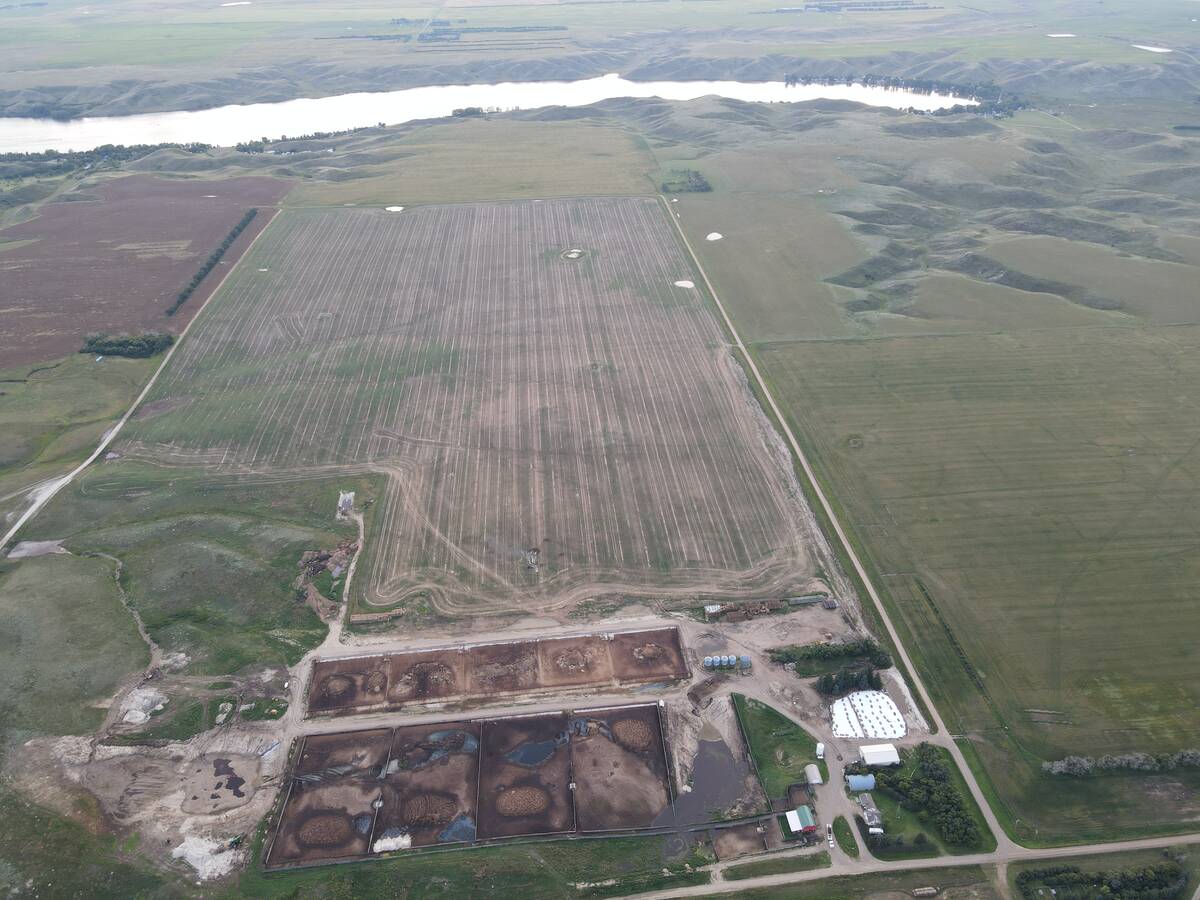
Saskatchewan RM declines feedlot application, cites bylaws
Already facing some community pushback, a proposed 2,000-head cattle feedlot south of Swift Current, Sask., has been rejected for a municipal permit, partly over zoning concerns about the minimum distance from a residence.
It was an attempt to understand the interaction between beef producers and wildlife and the financial impact caused by wildlife.
Good said the unevenness of the problem made it difficult to come up with a concrete dollar loss from wildlife. The institute estimated that the total value of cattle lost from carnivores was $22.6 million in Alberta between 2011 and 2013.
The loss of forages, oats and barley to ungulates is estimated at $14.4 million.
“Elk is a really big issue in some areas and in others it is a non-topic,” said Good.
Most producers agreed that having wildlife on the land is part of doing business, but they don’t believe they need to carry the entire cost of maintaining a healthy ecosystem.
Rick McKnight, chair of Alberta Beef Producer’s wildlife working group, said he hopes the report will start a conversation with government, cattle producers, hunters and wildlife groups about how wildlife affect livestock producers.
“What I hope comes from this, is the conversation starts here,” said McKnight.
“I want them to look at this document and where we have come up short. Out of that conversation I hope beef producers are invited to more decision making on wildlife issues.
“In lots of cases, there is little understanding of the impact to beef producer. Some of our own producers that don’t have the impact of damage don’t understand what others are going through.… We can’t solve all the problems, but we can be recognized for all that beef producers do for wildlife.”
Most producers said they were affected by wildlife, but they didn’t agree on a tolerance level for losses. A small percentage of producers reported extreme losses, while others felt their losses were a cost of business.
McKnight said he hopes the report will be used as another tool to help raise awareness of wildlife and beef production.
“This thing can go a lot of different directions, and one place it better not … go is on a shelf.”








